The culinary world presents a fascinating paradox: some of the most celebrated dishes are also the most challenging to consume, not for their texture or spice, but for their overwhelming odor. These five foods prove that while a great smell might entice, a truly terrible one can often be the marker of a unique and cherished delicacy. We explore the pungent powerhouses that people around the globe not only tolerate but genuinely love.
Surströmming (Sweden)
Durian (Southeast Asia)
Stinky Tofu (China & Taiwan)
Casu Marzu (Italy)
Natto (Japan)
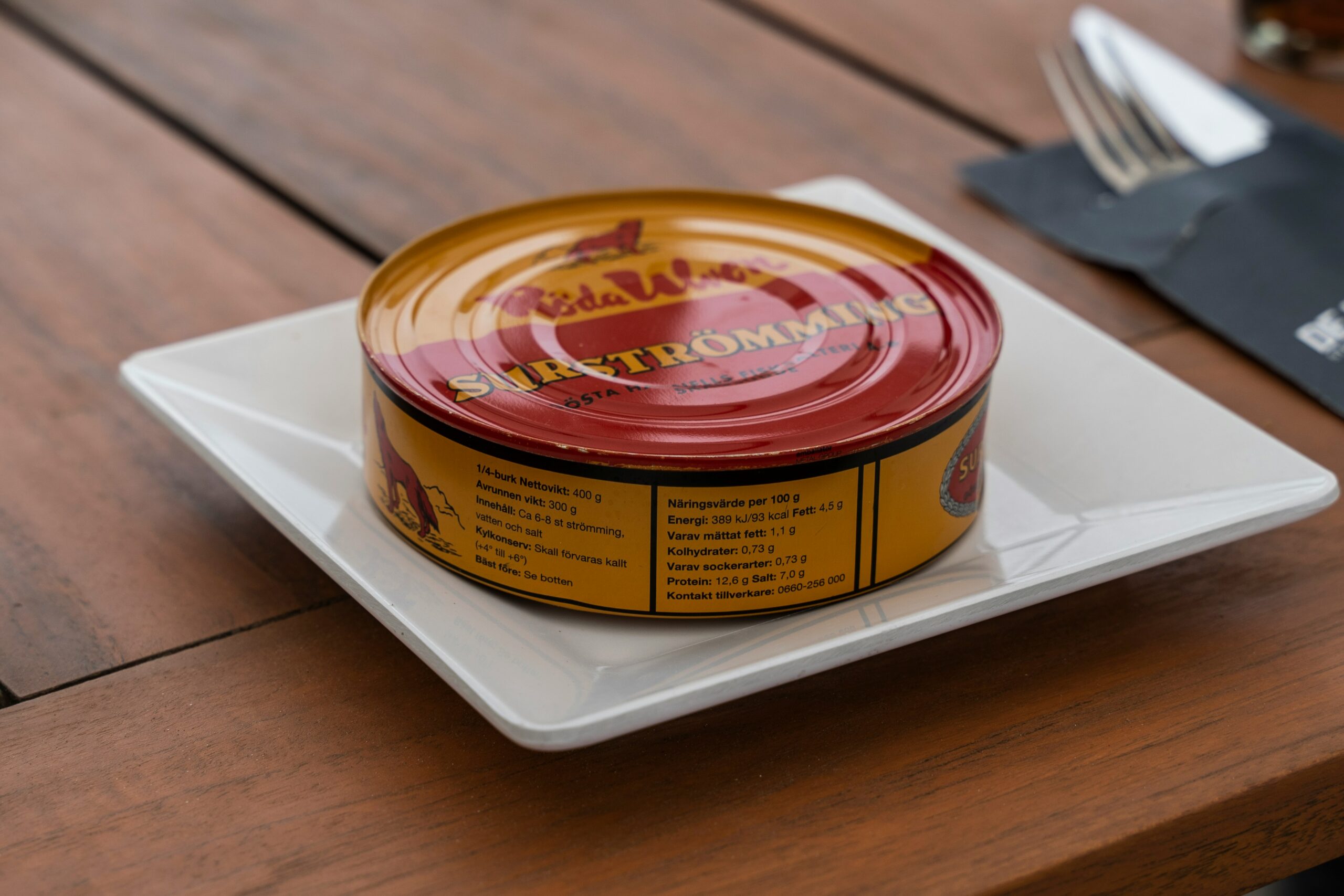 Surströmming (Sweden)
Surströmming (Sweden)
Imagine someone left a can of sardines in the sun for a few years, then shook it up like a soda before serving it. That describes Surströmming. This fermented herring is renowned for its smell; opening a can is basically a declaration of war on your nostrils. Swedes insist it is delicious, pairing it on flatbread with potatoes. Outsiders, however, commonly refer to the dish as a biological weapon. Surströmming dates back to at least the 16th century, a time when salt was expensive. Swedes had to stretch their salt supply by fermenting fish instead of fully curing it. What started as thrift became tradition, proving that necessity really is the mother of very stinky invention.
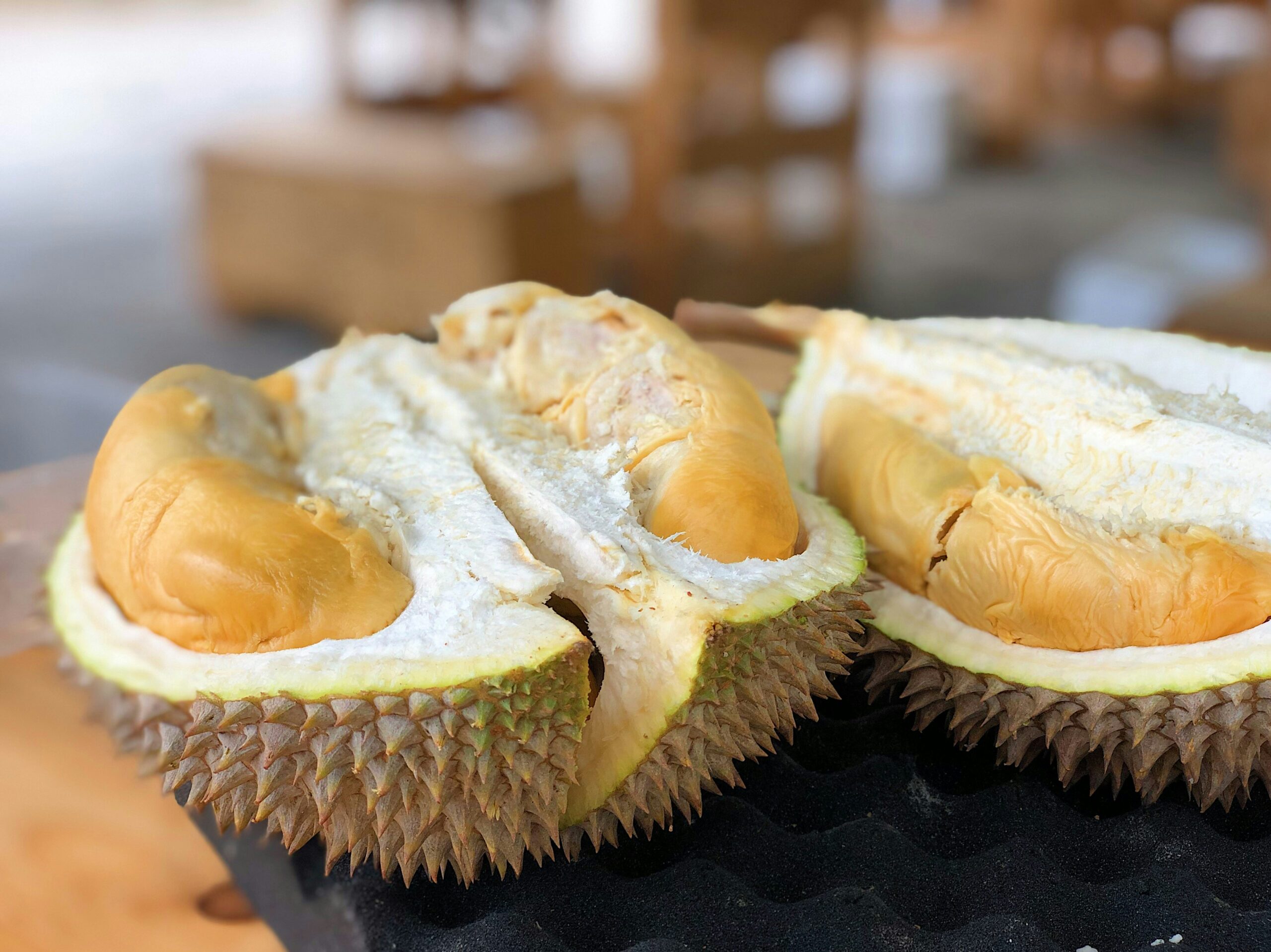 Durian (Southeast Asia)
Durian (Southeast Asia)
The Durian, known as the “King of Fruits,” is banned on buses, trains, and hotels across Asia. The fruit smells like a mixture of onions, gym socks, and gasoline. Yet, inside its spiky shell lies a creamy custard that fans describe as heavenly. Durian lovers call the flesh rich and sweet. Durian haters, however, call the experience “eating pudding in a dumpster.” Both descriptions hold truth, surprisingly. Durian has been a staple in Southeast Asia for centuries, even appearing in 15th-century travel writings. Ancient kings and sultans considered it such a luxury they reserved the best fruits for themselves. Nothing says royalty quite like a fruit that smells like a gas leak.
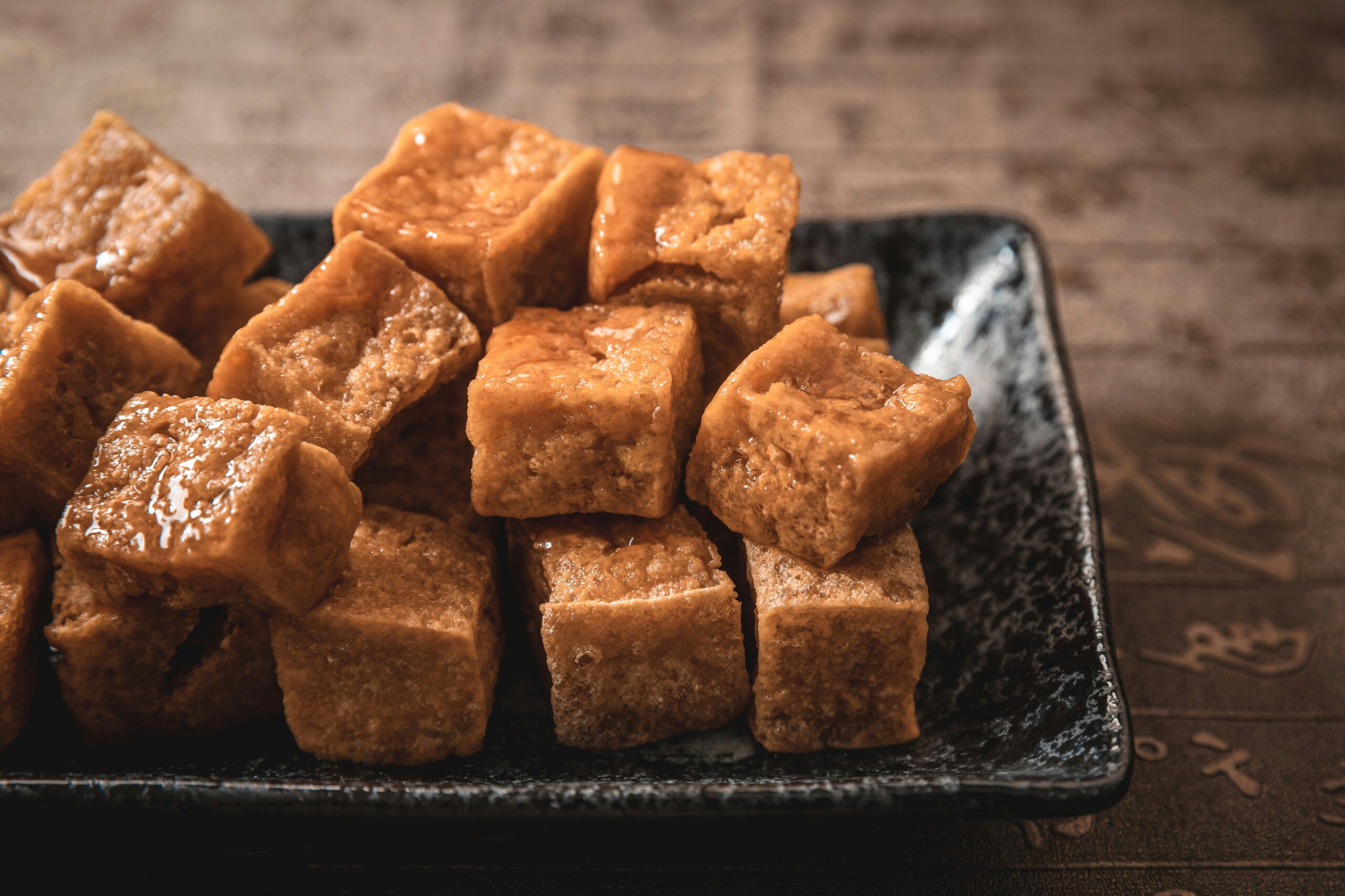 Stinky Tofu (China & Taiwan)
Stinky Tofu (China & Taiwan)
Stinky Tofu consists of fermented tofu that is fried until crispy outside and wonderfully funky inside. Street vendors serve the dish piping hot, and you will undoubtedly smell it before you see it, usually from two blocks away. Locals line up happily, while tourists debate whether the smell suggests rotten garbage, old cheese, or someone’s forgotten laundry. Legend tells us that stinky tofu was invented by accident in the Qing Dynasty (1600s). A tofu seller stored his unsold tofu in a jar of brine and discovered that it had fermented. Instead of throwing it out, he tasted it, and the rest became smelly history.
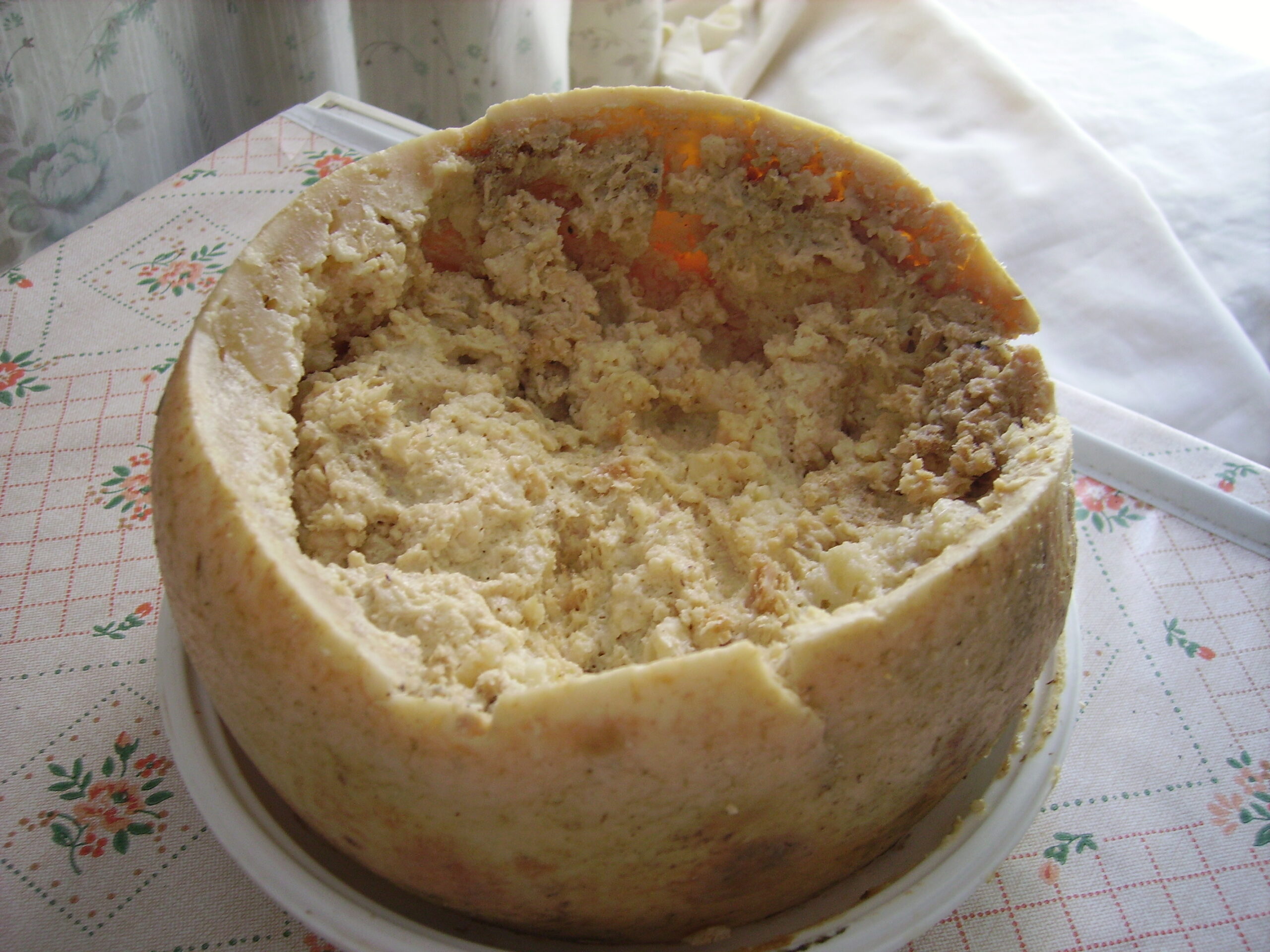 Casu Marzu (Italy)
Casu Marzu (Italy)
This Sardinian cheese is so pungent that maggots move in before you do. Yes, actual live maggots are part of the eating experience. The cheese ferments until it is so soft it weeps tears of stink. Italians call it a delicacy; the European Union calls it illegal. Brave foodies claim it tastes nutty and sharp. Less brave foodies wisely choose pizza instead. Casu Marzu has roots in traditional sheep farming on Sardinia. Shepherds discovered that the cheese naturally “improved” when flies laid eggs inside it. Instead of being horrified, they embraced the process and made it a part of their culture. This is either culinary innovation or the world’s worst case of accepting a challenge.
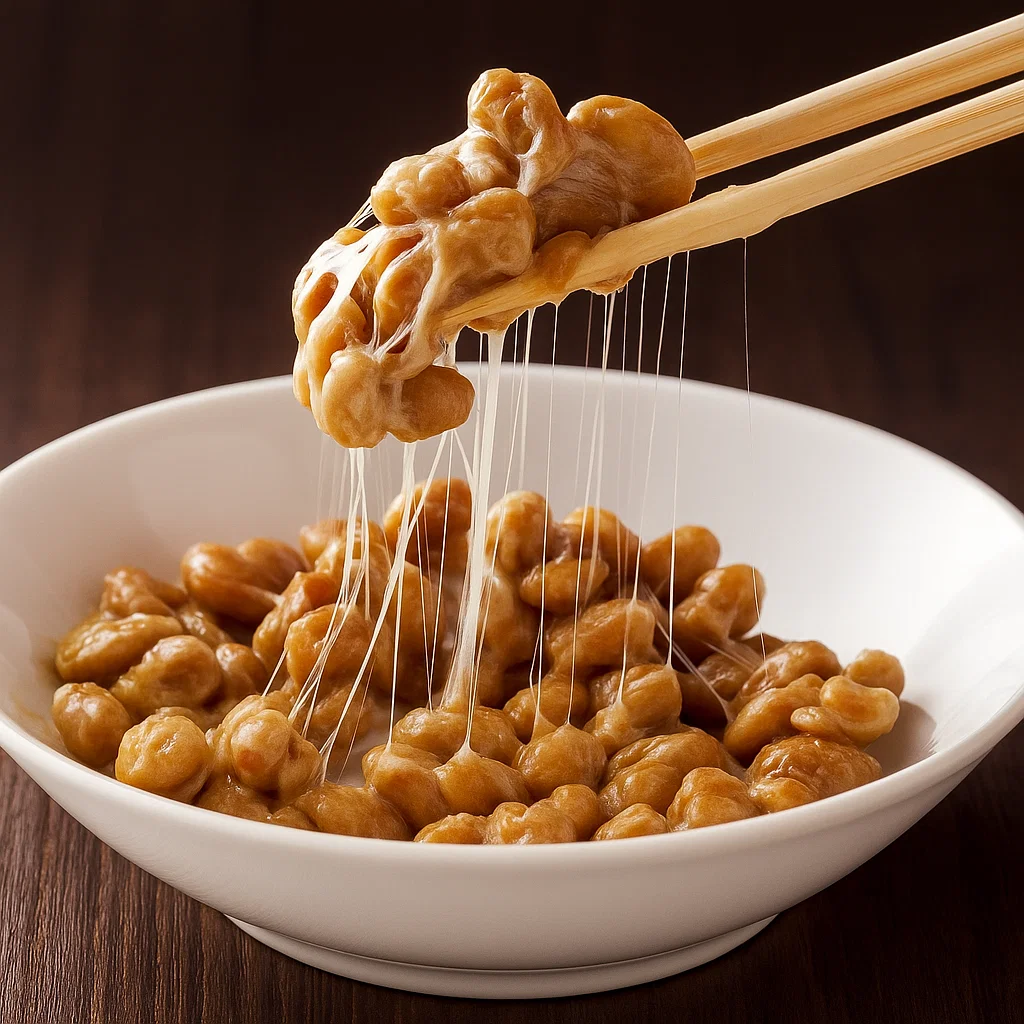 Natto (Japan)
Natto (Japan)
Natto consists of fermented soybeans that are slimy, sticky, and smell distinctly like a locker room. Natto strings itself into long, gooey threads when you pick it up, like Spider-Man in breakfast form. Japanese grandmothers swear the food is healthy and beneficial. Foreigners often swear at it. Natto is said to have been discovered over 1,000 years ago when boiled soybeans, accidentally wrapped in straw, fermented naturally. Samurai even carried it as a battlefield snack for quick energy. Natto was essentially the protein bar of medieval Japan, only a whole lot smellier.
The funny thing about the world’s smelliest foods is that for every person gagging at the scent, another is grinning and asking for seconds. Maybe the real lesson is this: one person’s “toxic waste” is another’s comfort food. Therefore, if you are traveling and catch a whiff of something that makes your eyes water, do not run. Grab a plate. It might just be the stinkiest, tastiest meal of your life.
